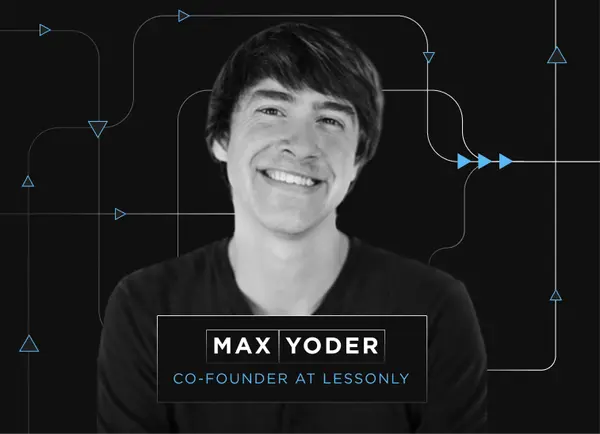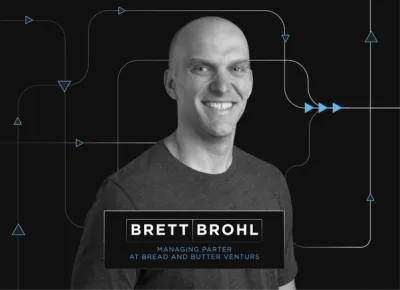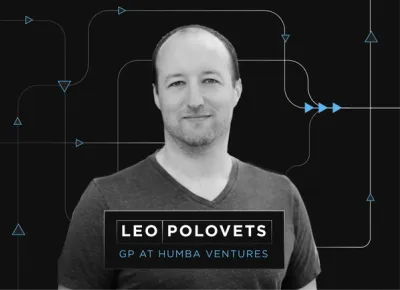
Remote work is here. Even if it is only for the next couple of weeks/months, companies are transitioning to remote work. The obvious distractions combined with companies transitioning to remote work who do not have a system in place will lead to many companies’ productivity and growth taking a hit.
At Visible, we believe in remote work. We have been fully remote for 5 years and have learned a lot along the way. We’ve tested just about everything — especially when it comes to weekly communication. Slack and Zoom are essentially our office. We’ve been using Zoom to power our meetings since day 1 (we love Zoom but love them even more after offering their product for free to educators and students).
In order to (hopefully) help more companies increase productivity while working from home, we’ve shared weekly meeting examples and guidelines for Zoom calls below.
Zoom Meeting Guidelines
As a remote team, meetings are a crucial medium for our team to connect, share & collaborate. Here are some general guidelines for all meetings.
- Video should always be on by default (unless you have some serious connection issues).
- Your microphone should always be on and not muted. We want to feel like we are next to each other in a meeting. Visual and verbal queues & feedback are important ways we communicate.
- Try to find a quiet place with limited background noise.
When applicable, send out an agenda, documents, etc prior to the meeting for the attendees to review.
Below are a few examples of different meeting formats we have found to be most valuable:
- Weekly kickoff and standups
- Collaboration and brainstorming
- One on Ones
- Show & Tell
Monday Kickoff & Standup
This gets us warmed up for the week. We’ll see how everyone’s weekend went and dig into the week ahead.
Mike (our CEO) will start by giving a quick recap of our company-wide metrics, goals, news from the previous week and priorities for the coming week.
We will then review our current product & marketing boards to see if there are any obstacles, outstanding questions, etc. This is not a time to go in-depth but rather schedule a follow up time to pair with your colleagues.
Collaboration Calls
Collaboration calls are a time for us to get together as a team and work on a larger project or idea. Generally we will decide on our Monday kickoff call what we will discuss on a team collaboration call. Some ideas:
Review a product cycle item — What is the status of a current product cycle item? What is needed from others here? Is there a mockup that someone would like to present? Etc.
Play a game — Use this as a time to play a collaborative game as a team.
Brainstorm — Working on a bigger product or marketing idea that you need input from others? Use this as a time to present and collaborate on bigger ideas that involve the entire company. Be prepared with activities to guide the brainstorm session!
Other talking points:
- Give a shout out to a team member and thank them. Tell them why!
- Tell us a story about something Visible related! Could be a customer story, a bug you found, something you designed, etc
- What did you learn last week? (Doesn’t have to be Visible related!)
- What is something you are proud about from last week?
One on One Meetings
One on one calls are to make sure we are identifying opportunities to serve one another better, a chance to deepen our relationship as well as uncover any challenges before they grow into something larger.
The time should also be spent talking about near terms goals & priorities but also long term development as well.
Every one on one is the employees time and the time can be used for whatever they deem most valuable (90% of time for the employee). To make sure the time is used in a mutually beneficial way we want to make sure the employee is providing a quick update (before the call) with how everything is going, how they are feeling, and what challenges they are facing.
A couple of blog posts we used as inspiration for our meetings:
- Managers, Take Your 1:1s to the Next Level with These 6 Must Reads
- 28 Questions For Insightful One-On-One Meetings
Show & Tells
Every Thursday a team member presents a show and tell. The topic does not have to be work related. It can range from your favorite tacos to how venture capital works to budgeting apps for personal finance!
Every week a team member presents a show & tell — @VisibleVC related or can be anything you are passionate about…
This week we learned about mechanical keyboards. I had no idea the massive community that exists! pic.twitter.com/mhFyS7m3C0
— Mike Preuss (@MikePreuss) December 18, 2019
We hope this helps with how your team can use Zoom as you navigate remote work. If you have your own tips and tricks, we’d love to hear them! Or if you’d like to learn more about how we successfully work from anywhere, feel free to reach out.




